How to Plant Grass Seed? Learn the Secret to a Perfect Lawn
Dreaming of a beautiful, green lawn? The right grass seed and proper maintenace are key to success. Learn how and when to plant grass seed so that it looks perfect in your garden. Learn how self-repairing grass seed works, and use some tips and tricks to create a lawn you've always dreamed of!

Types of grass seed to plant in your garden
There are several species of grass typically planted in gardens. The division between tall and short grasses is the most popular one. Not all short grasses, however, are suitable for every garden. The situation is similar for tall grasses. It is advised that the type of grass seed is fit for the purpose of the lawn. This way you can be sure that you’ll achieve the most satisfactory results when planting grass seed.
Check the most popular types of grasses that will grow best in your garden. Learn when to plant grass seed and what mistakes to avoid to get a beautiful lawn.
Common grass – a classic grass seed for your garden
Common grass is the most popular type of a lawn seed in gardens. Its biggest advantage is the aesthetic looks and beautiful green color. It is quite short and easy to mow, therefore it’s a perfect base for an even and well-tended lawn that will be an object of jealousy of your neighbors.
- Sheep’s fescue – a slow growing species, highly resistant to atmospheric and climate conditions, with extensive root system. This type of grass seed should be planted in acidic soil, with a good access to sunlight.
- Creeping red fescue – grass of a fast growth rate, resistant to trampling and weather conditions. It has rather thin blades, although it grows in clumps, which contributes to fast development of the lawn.
- Common bent – this species is not very demanding when it comes to cultivation. It has short and thin blades, and it’s very easy to mow.
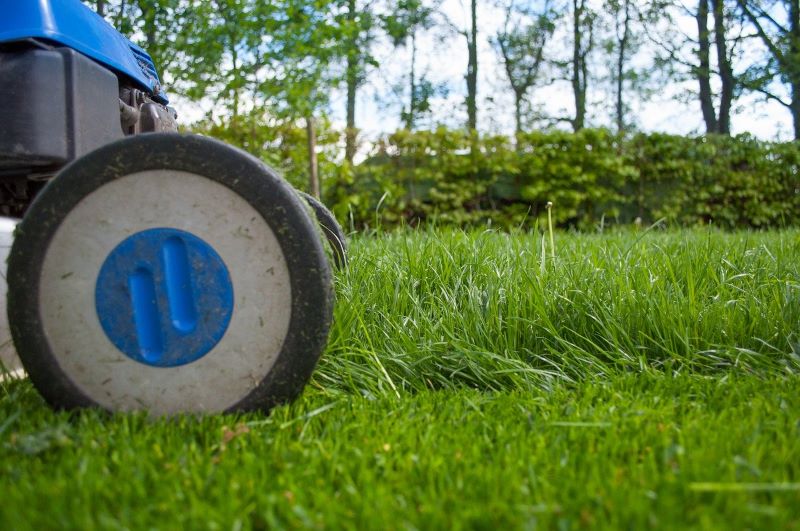
Meadow grass – an unusual lawn idea
Meadow grass seed (poa) is a very original choice, as it’s characterized by rich blooming. It can be used for planting grass in your garden. The blades are quite tall and lush, with lots of flowers. This way you can achieve an artistic, messy look of your lawn with a very natural effect. Popular species used as meadow grass are:
- Meadow fescue – a popular species of tall meadow grass, reaching up to one meter. This type of grass is perfect for flower garden, as well as for filling spots in a rock garden.
- Bluegrass – grass with dark-green blades, reaching up to 70 cm of height. It blooms from mid-spring to end-summer.
- Common cottongrass – a species of moderate height, reaching up to 40 cm. It blooms with characteristic round, grey, fluffy flowers.

Meadow grass looks impressive but it has disadvantages. Because of a large number of flowers, planting grass seed of this type might be harmful for allergy sufferers - especially those allergic to spring flowers.
Ornamental grass for rock garden
Ornamental grass is the tallest and one of the most imposing type of grass seed used in gardens. What differentiates it from other popular types is the unusual multi-color tinge. The blooming period is also non-standard in this case. This type of grass looks perfect on a flowerbed and in a pot with other plants. It cannot be used, however for a typical lawn across the whole garden.

One of the most popular species of ornamental grass is feather reed grass, which is a cross between two related plants – Calamagrostis Arundinacea and Calamagrostis Epigejos (wood small-reed). It reaches up to 1.5 meters, and looks similar to grain plants.
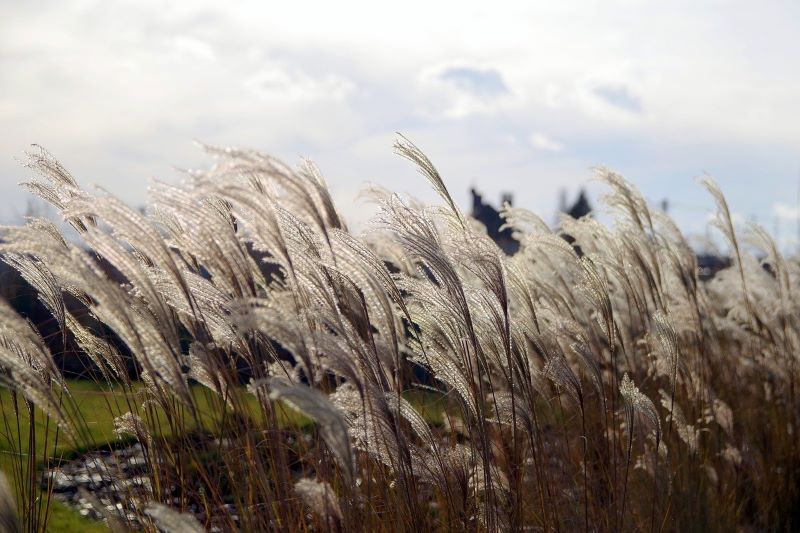
Pampas grass is another unusual species, although it is sometimes classified as an ornamental shrub.
What is self-repairing grass and how dies it work?
Self-repairing grass is a real gardening phenomenon. What makes it different from any other type of grass seed is the unique growth and spreading process.
Self-repairing grass seed can grow several blades out of a single grain, and then they start to spread. It happens both vertically and horizontally, forming thick bunches of grass. Traditional types of grass also form bunches that spread, however their number remains the same. Self-repairing grass seed makes the lawn think and lush in a very short time.
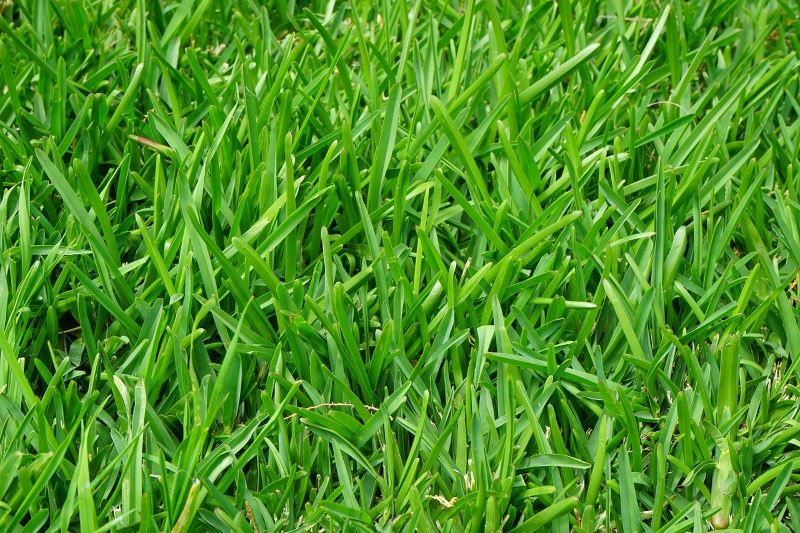
Self-repairing grass makes great surface for a heavily used lawn. For this reason it’s a perfect solution for a garden with children. This type of grass seed is also very resistant to atmospheric condition, so it can survive heavy rains and freezes.
Self-repairing grass – price
The price of self-repairing grass seed differs depending on several factors. One of the most significant ones is the manufacturer. Good quality self-repairing grass seed might cost even twice as much as other types. When choosing a particular brand, you have to decide whether your primary criterion is the quality or quantity.
The size of the bag is crucial as well. A one-kilogram package of self-repairing grass seed might be sufficient for a small garden, it is definitely not enough for a large garden.
How to plant grass seed? Preparing the ground
The process of ground preparation before planting grass seed consists of several steps. It’s very important for the growth process of the grass. Firstly, you need to tidy the site. You should gather the scraps and rubbish left on it and do the weeding. All those factor might affect the acidity of the soil and influence the grass seed growth.
If the site is not cleaned up thoroughly, it might result in poor growth of the grass; it might grow yellow or dry.

Breaking the ground and testing its acidity is another step in the process of soil preparation. It’s a good indicator for which type of grass seed you should choose for a particular type of soil. For the best results, the soil should be fertile, airy, and it should have moderate humidity.
The acidity can be tested in two ways – by sending a sample to a lab or by using a special acidimeter. The best acidity of a soil for grass seed is 5.5 – 6.5 pH.
Fertilizing soil before seeding grass
Make sure to fertilize the soil for a week before planting the grass seed. To do this, use a starter or a universal fertilizer. You can purchase both at a garden center. Mix it with the soil according to the manufacturer’s instructions.
The last but equally important step of preparing the soil before planting grass seed is rolling the ground. It helps to even the surface for planting and thickens the soil.
Planting grass seed – how to do it?
A popular and quick method for planting grass seed is doing it manually. It involves seeding the grain yourself. To do this, you should divide the prepared ground for several even parts.
When planting grass seed, it is advised to do it crosswise. This way the grain is evenly distributed, and the grass can reach optimal density. To make things easier, start seeding in one direction, and as you come back, spread the rest in opposite. Rake the ground thoroughly afterwards. It helps to cover the seeds with soil, which will protect the sprouts from weather conditions.
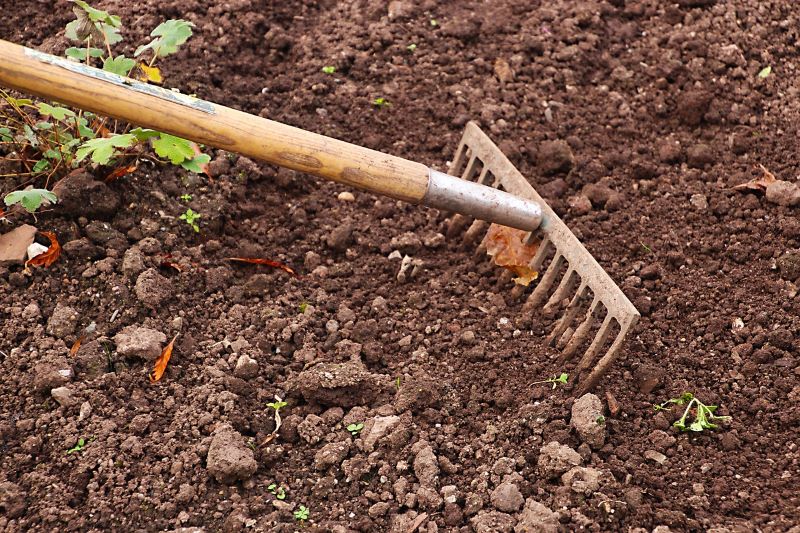
Solidifying the soil after planting grass seed is a very important step. You can do it using a flat board. This way, you secure the seed from being blown away by the wind.
How to water sown grass seeds?
Watering the lawn is the next crucial step. To do it correctly, pour a small stream of water onto the ground. The easiest way is using a garden hose. Water the lawn regularly for two weeks after planting grass seed. The best time for watering the lawn is very early morning or late evening, when there is no sun that could burn the seedlings. Regular watering makes the lawn and its roots grow faster.
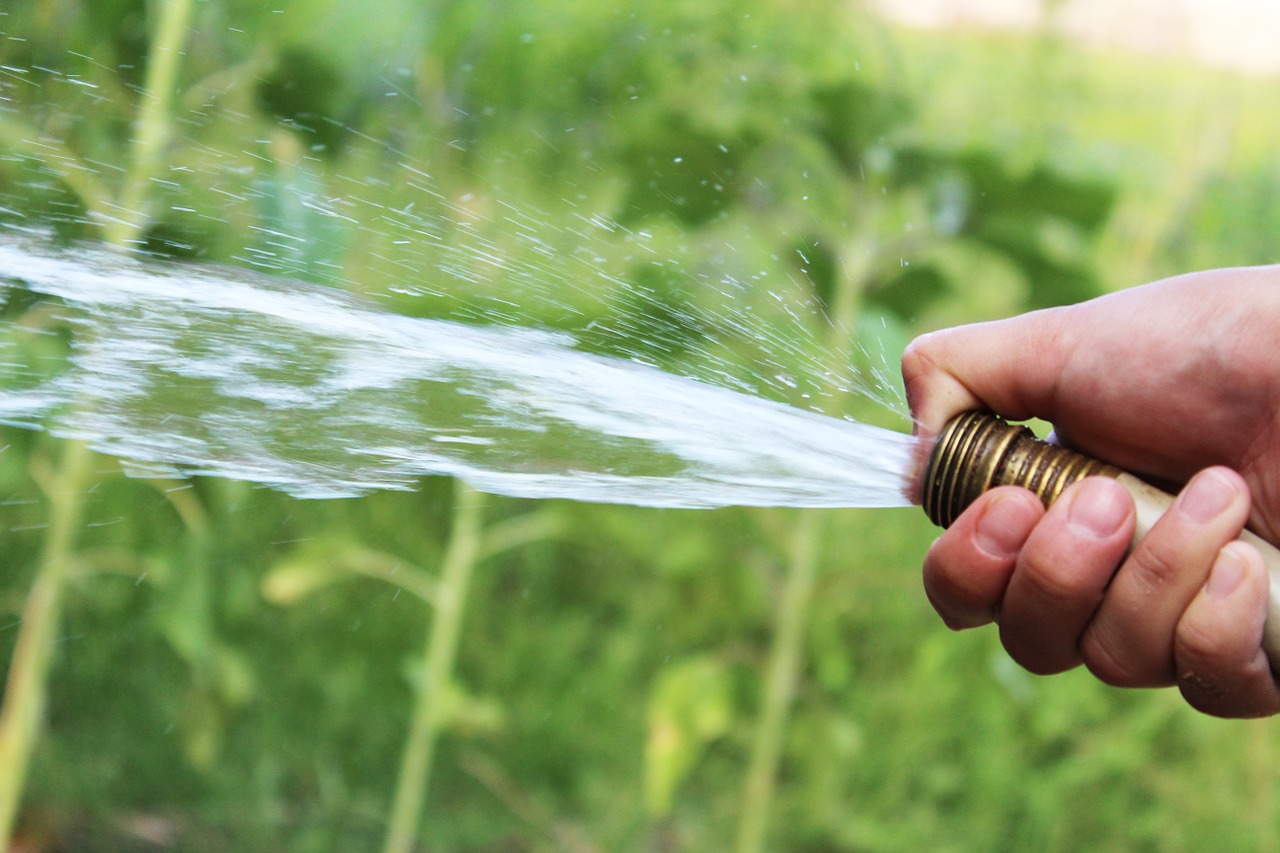
When to plant grass seed?
If you want your lawn to be green and lush, try planting grass seed in particular months. When to plant grass seed so that it grows fast and well?
Most of the grass seed species require planting in autumn. It’s the best season, mostly due to weather and soil conditions, characteristic for this time of the year. Planting grass seed from August to October protects the seeds from heavy rainfalls and high temperatures. Additionally, the soil humidity encourages the grass to sprout and grow.

Can you plant grass seed in spring?
Another good season for planting grass seed is early spring. The best period to do this is between April and June. The weather conditions are the most important factor, so pay attention not only to a particular month, but also to the temperature. In case of early spring freezes you should probably postpone planting grass seed. You can do it in May and June - keep in nimd to pick the right mix.
Some garden owners decide to plant grass seed in March. It is, however, not the best idea from the gardening point of view. Although some species are resistant to atmospheric conditions – for instance some types of ornamental grasses, planting grass seed so early might result in poor growth.
The most common mistakes made when planting grass seed
When preparing your lawn, pay close attention to every detail of the process. First and foremost, remember about all the rules – for preparing the ground, seeding and further lawn care. Very often even the smallest mistakes might affect the proper growth of grass.
The most commonly made mistakes are:
- Incorrectly prepared soil and not removing all elements that might affect the growth.
- Not loosening the soil – which helps with the removal of the remainders of plants that used to grow in the area.
- Insufficient removal of any weeds from the area on which you are going to plant grass seed. If there is a lot of weeds, you might need to use an herbicide, which will remove the plants from the soil.
- Not enriching the soil – some types of soil require additional fertilizing. It is particularly important in case of sandy soils that need using a special peat mix or compost.
- Choosing wrong grass seed, that is not suitable for a garden lawn, but rather for meadow grass.
- Uneven planting, which results in an unaesthetic looking lawn.
- Not securing the seed after planting, especially if the weather is windy, which might blow the seed away.
- Insufficient amount of water, which hinders the seeds from sprouting and growing properly.
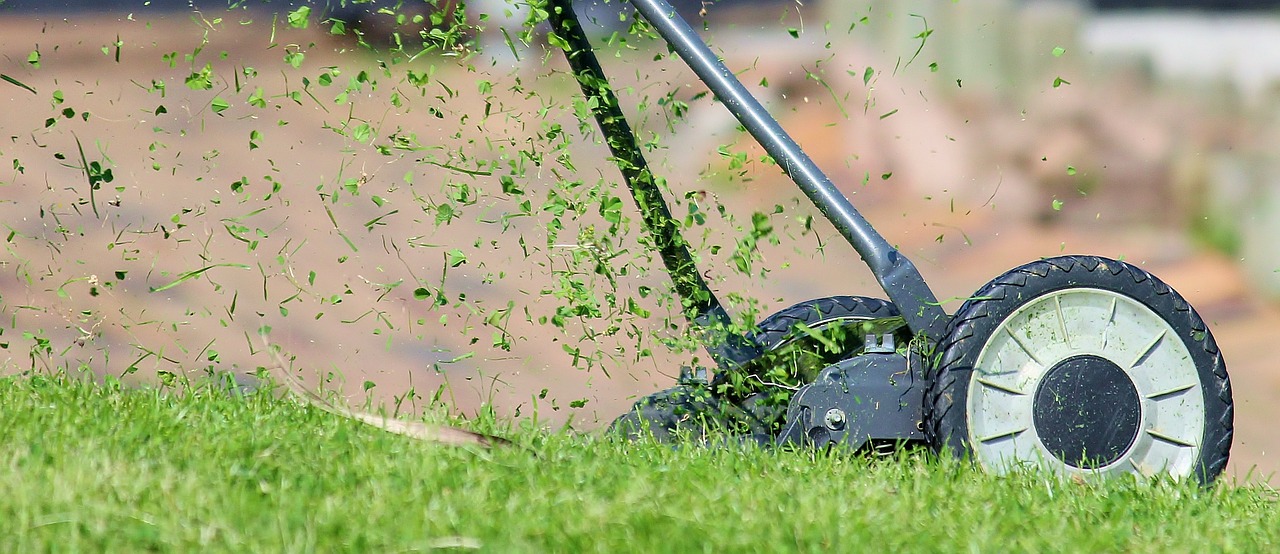
📍 When to seed lawn in spring?
The best months for planting grass seed are from April until the end of June. If you decide to plant grass seed in spring, pay special attention to atmospheric conditions. If there are freezes, postpone seeding until autumn.
📍 How to grow a wildflower lawn?
Plan planting grass seed according to the species you want to include. You might choose spring or autumn to do this. Consider the soil requirements of the grass seed and its resistance level.
Featured articles




